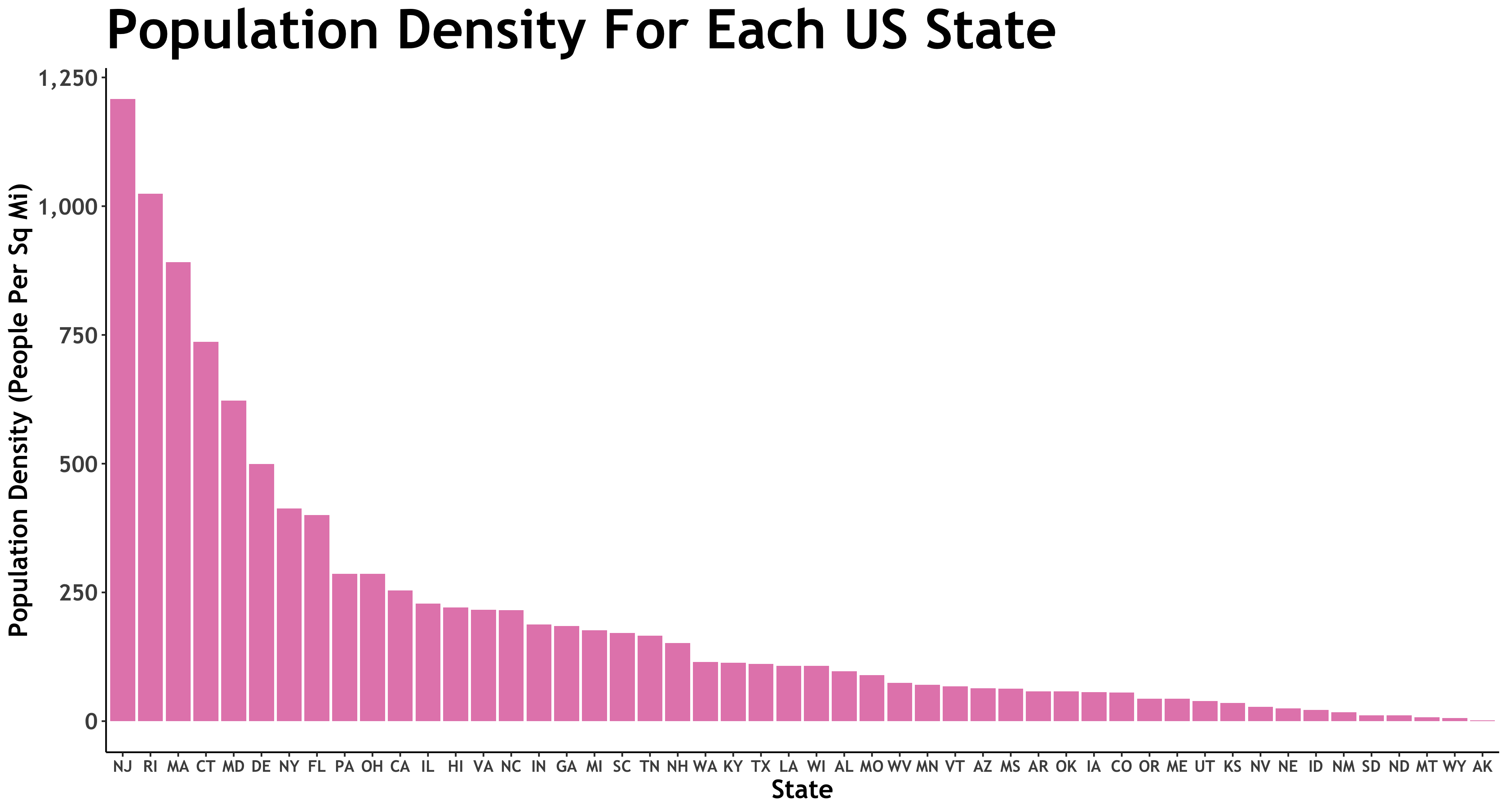

Conversely, the states with lower urbanisation levels were Kelantan (42.4%), Pahang (50.5%) and Perlis (51.4%). Putrajaya with 100 per cent level in urbanisation, the other states with high level of urbanisation were Selangor and Pulau Pinang with 91.4 per cent and 90.8 per cent respectively (Chart 6). In tandem with Malaysia's rapid development, the proportion of urban population increased to 71.0 per cent in 2010 compared with 62.0 per cent in 2000 (Chart 5). Kuala Lumpur (6,891 persons), Pulau Pinang (1,490 persons) and W. Among the most densely populated states were W.

Selangor being the most populous state was only ranked fifth in terms of population density with 674 persons per square kilometre. Unlike the population distribution, the population density revealed a different picture. Population density of Malaysia stood at 86 persons per square kilometre in 2010 compared with 71 persons in 2000. The population share of these states to the total population of Malaysia was 42.4 per cent. Population distribution by state indicated that Selangor was the most populous state (5.46 million), followed by Johor (3.35 million) and Sabah (3.21 million). Among the states which experienced lower growth rate were Terengganu (1.4%), Perak (1.4%), W. The state with the highest growth rate for the period 2000-2010 was W. The rate was lower compared to that of 2.6 per cent during 1991-2000 (Chart 2). This gives an average annual population growth rate of 2.0 per cent for the period 2000-2010. Census is an enormous statistical project that has been undertaken in order to produce very useful data for planning and implementation of national development.Ĭensus 2010 revealed that the total population of Malaysia was 28.3 million, compared with 23.3 million in 2000 (Chart 1). The previous censuses were conducted in 1970, 1980, 19. The 2010 Population and Housing Census of Malaysia (Census 2010) was the fifth decennial census to be conducted since the formation of Malaysia in 1963. System of Environmental-Economic Accounting (SEEA) Household Income, Expenditure and Basic Amenities Survey 2019 National Occupational Accident Statistics Malaysia Informative Data Centre (MysIDC) Malaysia External Trade Statistics Online (METS Online)

International Merchandise Trade Malaysia & ASEAN Interactive Malaysia Statistical Business Register (i-MSBR)


 0 kommentar(er)
0 kommentar(er)
